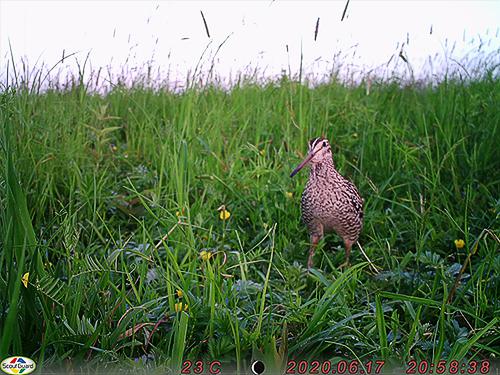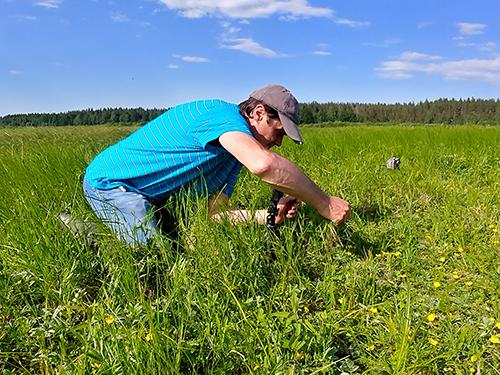Edward Mongin
Other projects
9 May 2013
Breeding Population of the Great Snipe in Belarus: Trends, Current Threats and Pilot Restoration of Habitats
12 Apr 2016
Conservation of the Great Snipe through a Development of Appropriate Habitat Management and Public Awareness
One of the large breeding populations of the Great Snipe, a species is listed as Near Threatened, places in Belarus. Now loss of habitats through vegetation succession and land abandonment increases the negative impact on the breeding population, and further reduction of Great Snipe numbers occurs rapidly. Main aims of the project are expansion and realization of appropriate management for breeding habitats of the species and promotion of management with self-repayment. Other important tasks are discovery of new breeding sites for including theirs in activities undertaken as part of the National Strategy for Conservation and Sustainable Use of Biological Diversity.

The Great Snipe is currently classified as “Near Threatened” at global level (IUCN 2017; Birdlife International, 2015). Habitat loss and decreasing population size demand special attention to preservation of this species. The first important data concerning to numbers and biology of this species in Belarus were collected during implementation of special project in 2000-2001. According to gathered data it was supposed that during past 40 years a 2-2.5-fold decline of breeding population in Belarus was caused by the habitat loss. Financial support from The Rufford Foundation and the Flagship Species Fund allowed us to significantly extend our field studies of the species and to develop the National Conservation Action Plan. The second Rufford Small Grant allowed us to carry out pilot restoration of breeding habitats and ensured the same protected status of Great Snipe in the new edition of Red Data Book (2015). The first Booster Grant allowed us to expand management of key breeding habitats. Nevertheless, currently reduction of Great Snipe breeding population occurs rapidly and, as analyzed data show, can decrease as much as two-fold during the next 10-15 years. It is very important to continue works on habitat restorations and to increase public awareness about conservation problem of the species.

During implementation a new project we plan:
(1) to check results of restoration of habitats in the Sporovo Reserve and to expand restoration of key breeding sites in the reserve which were determined during the last project;
(2) to gather data on a restoration of habitats in frameworks of other projects, which may contribute to conservation of the Great Snipe;
(3) to find new key breeding habitats in Gomel, Vitebsk and Mogilev regions to be included theirs in activities undertaken as part of the National Action Plan for the Conservation and Sustainable Use of Biological Diversity for 2016-2020 (Task 11);
(4) to create of internet-site including an online broadcast of a Great Snipe lek in the Sporovo Reserve for increasing public awareness about conservation problem of the species and its habitats;
(5) to help organization of the manual mowing championship in the fen mire of Sporovo Reserve in order to increase public awareness about conservation problem of rare species and their habitats;
(6) to analyze collected data, develop conservation guidelines for the Great Snipe and publish theirs in mass media.